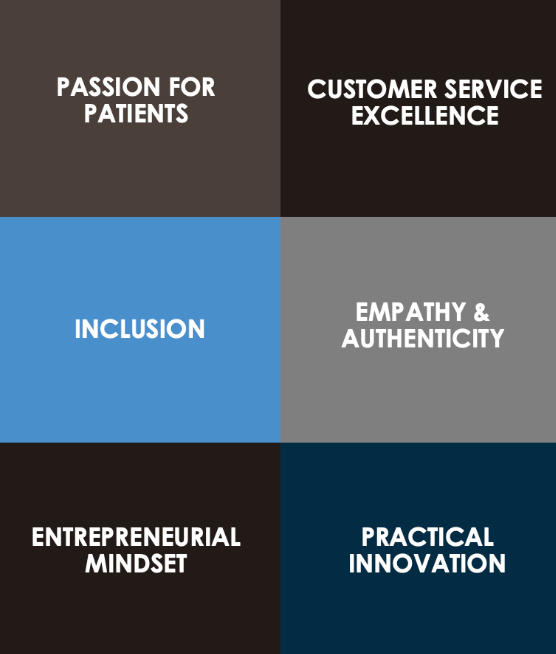By Chemelle Evans-Pierce and Alicia Guldin, as published in PM360, September 15, 2022


For any business, it is important to know what customers want. Biopharma is no different, so [SNOW conducted a survey to establish patient needs.]
1. Choice of Meeting Formats
The vast majority of patients is interested in attending events to learn about their condition. The coronavirus pandemic has forced many companies to pivot away from live events and offer more resources in virtual formats. Today, about half of respondents would like to attend meetings in person again. Yet the appetite for virtual events is still strong as well, with almost 70% (75% in people of color) willing to sign up for a meeting held online. What does this mean for pharma? Providing options is key. […]
2. Social Media
[…] 61% of respondents are asking for content that highlights real patients or features live patient discussions. […] 57% would also prefer if comments were enabled—a function that some brands have already successfully embraced.
Furthermore, 50% of respondents already use social media to learn about their condition or medication. Facebook continues to serve as the leading platform, while other platforms, such as TikTok, are growing in importance. The key takeaway for pharma is to find out where their patient population is already engaged and to focus efforts there. […]
3. Psychosocial Support
Perhaps the most surprising finding: 99% of the patients surveyed affirmed that they struggle emotionally. Of course, that’s not to say they’re all clinically diagnosed with depression or anxiety disorder, but the self-reported data should tell us there is a real need for pharma to provide resources that go well beyond the treatment itself or information pertaining to that treatment.
One great way to help deal with a difficult diagnosis is to connect patients with their peers. [One respondent remarked:] “I really do enjoy being able to meet and talk with other people who have the same medical condition as I have.”
4. Representation
Eighty percent of patients stated it is important that their community is represented in advertising. And if it’s important to them, it should be important to us. […] 72% say that if their age group is represented, they would want to talk to their doctor about the advertised medication; 62% would bring the medication up to a family member or friend, if the appropriate culture is represented in the ad; and 97% would visit the brand’s website, as long as their sexual orientation is represented. For any given disease category, patient diversity can have several relevant dimensions. All of them need authentic representation.
For that reason, it’s always best practice to use real patients in ads and promotional materials, rather than actors. It’s the best way to ensure that people can see themselves in the person representing them. They need to have something in common, after all! Portraying a representative sample of actual patients who demonstrate their authentic selves will leave a much greater impact and establish a much greater connection.
Notes on Our Sample
Snow Companies fielded this survey in the first half of 2022. The 671 patients we surveyed were from a wide population, not necessarily those already engaged with pharma. The pool of respondents aligned closely with U.S. Census demographics, to include appropriate representations of gender identity, age, sexual orientation, race/ethnicity, and geographic location. [Read the entire article at PM360]















